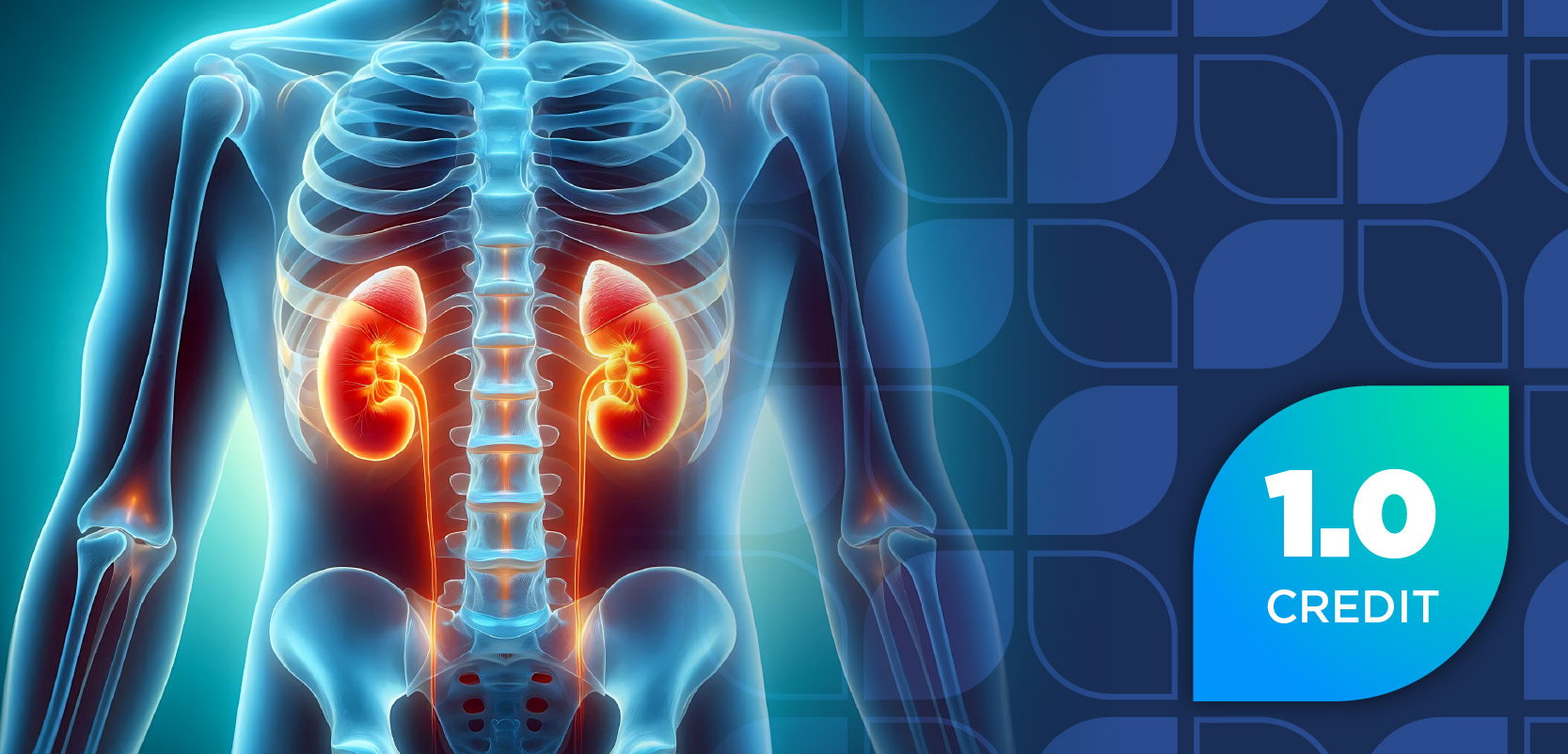
US Hospital Administrative Costs Dwarf Other Nations' Spending
Using a less market-oriented payment scheme could reduce high hospital administrative costs.
Administrative costs account for a much higher percentage of total hospital expenditures in the United States compared to other nations, the results of a recent study show.
Published in the September 2014 issue of Health Affairs, the research examined hospital costs across 8 nations with various health care system models. According to the study authors, administrative costs accounted for 25.3% of total hospital expenditures in the United States—a percentage that continues to grow.
The nations with the next-highest administrative costs were the Netherlands (19.8%) and England (15.5%), which are both in the midst of transitioning to market-oriented payment systems. In the middle tier were France and Germany, which employ a system that bills each patient with separate payment for capital projects.
Scotland and Canada had the lowest administrative costs, due to their single-payer systems that pay hospitals global operating budgets with separate grants for capital. The study determined that the United States would have saved more than $150 billion in 2011 if its per capita spending for hospital administration was reduced to Scottish or Canadian levels.
“Hospitals’ administrative overhead varied more than twofold across the nations we studied as a share of total hospital costs, and more than fourfold in absolute terms,” the study authors wrote. “These costs were far higher in the United States than elsewhere.”
In 2010, the United States spent 17.6% of its gross domestic product on health care, far exceeding the spending of the Netherlands (12%), France (11.6%), and Germany (11.6%). The excess spending of the United States was attributed to the use of high-tech interventions, greater emphasis on specialty care, insufficient primary care, higher drug costs, and higher physician fees.
Administrative costs were found to be highest in nations where surpluses from day-to-day operations are the main source of capital funds, given that administrators perform additional work to identify and pursue profit opportunities due to the need to accumulate funds for modernization and expansion. This model was found to provide incentives for hospitals to cut unnecessary operating costs, which led to improved efficiency.
However, the model was also found to reward hospitals that devote resources to activities such as exaggerating the severity of patient illnesses. Compared to nonprofit US hospitals, for-profit institutions spent fewer funds on clinical personnel and provided care at a higher cost, the study noted.
Despite its higher administrative costs, the United States did not provide a quality of care superior to the other nations examined in the study. Furthermore, death rates at for-profit hospitals were 2% higher than the rates at nonprofit hospitals. For-profit hospitals also scored lower on Medicare quality measures, receiving less favorable patient perceptions of their care than nonprofit facilities.
“Reforming the US health care system so that it operated on a single-payer basis could result in large savings on administration,” the authors advised. “In contrast, current policy initiatives may boost administrative costs.”
Newsletter
Stay informed on drug updates, treatment guidelines, and pharmacy practice trends—subscribe to Pharmacy Times for weekly clinical insights.


















































































































































































































